Eastern Hokkaido's Top 5 Dishes: Tasty Local Cuisine With Unique Names!

We introduce local cuisine from eastern Hokkaido, including the Miyama Donburi of Kushiro, Escalope, which is popular in Nemuro, and Mashu Blue from Teshikaga. Learn the stories behind these intriguing names and head on to try some of these dishes for yourself!
Eastern Hokkaido's Top Five Local Dishes
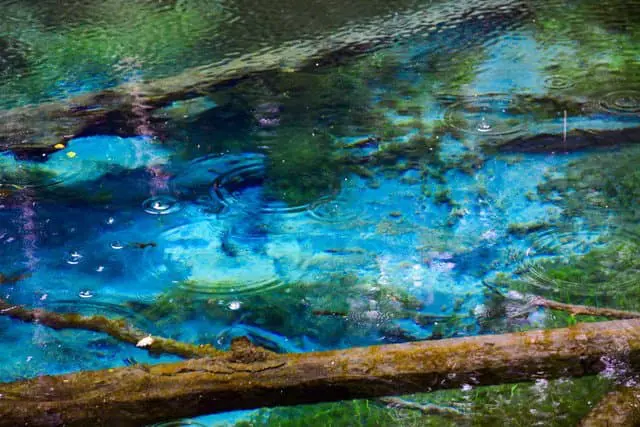
Kaminoko Pond. Photo by Pixta
Japan's northernmost island, Hokkaido has many attractive features, including ski resorts, lavender farms, and hot springs, to name a few.
Eastern Hokkaido—which includes the cities Kushiro and Nemuro, Rausu, and Teshikaga—is a place where you can experience a dose of magical scenery.
A trip here will allow you to see the raw beauty of nature. Don't miss amazing sights like the elegant Japanese cranes of the Kushiro Wetlands, and the shimmering blue waters of Kaminoko Pond at Akan-Mashu National Park.
Eastern Hokkaido is also a treasure trove of culinary delights. Visitors can enjoy a diverse range of food from fresh seafood and wild game to ice cream produced with local milk.
This article will introduce delicious food that the locals of eastern Hokkaido love. Moreover, some of these dishes have curious and unique names. Figuring out the flavors will require some imagination!
Please read today's article and learn more about these local specialties. Then come and try some of these dishes for yourself!
1. Miyama-don, Kushiro

Picture courtesy of The Road to Natural Beauty - Eastern Hokkaido Destination Management Organization
Miyama-don is a local specialty that is popular in Kushiro City's Lake Akan Hot Spring area.
This dish consists of Hokkaido deer meat and sauteed alpine leeks that are locally sourced. The wild game meat and vegetables are seasoned with a sweet, salty soy sauce, then laid on a bed of white rice.
Venison and alpine leeks have traditionally been staples for the Ainu (*1), who live in Hokkaido. The alpine leeks are nutritious and serve as a healthy pick-me-up, while the deer meat is rich in iron. It's popular among locals as a nutrient-rich dish.
When you bite into the venison, it has a delicious, refreshing taste. The butter added to the sauce helps bring out the dish's flavor, which will make you want to eat more and more of it! The alpine leeks also have a crispy, enjoyable texture to them.
Try the Miyama-don at a local restaurant called Ajishin!
*1 Ainu: Hokkaido's indigenous people. They have a distinct language (Ainu language), art, and culture that has been preserved.
2. Escalope in Nemuro

Picture courtesy of The Road to Natural Beauty - Eastern Hokkaido Destination Management Organization
Escalope is a local dish that's very popular in Nemuro City. When Japanese people first hear this name, some assume that it's a dish made with haskap (*2), a special fruit grown in Hokkaido.
Actually, Escalope consists of a beef cutlet on top of either butter or ketchup rice, covered in a rich demi-glace sauce. The large serving makes for a satisfying meal. A western-style restaurant in the city came up with the idea of serving a filling dish that could be eaten quickly to meet local fishers' needs.
Escalope is a French word that means "thinly sliced meat." The dish was given this name for its thin-sliced beef cutlet.
Nowadays, it's a beloved menu item at restaurants and coffee shops. It's also a mainstay of public school lunches. The beef cutlet's crispy texture paired with the fragrant aroma of butter rice and demi-glace sauce is a winning trio. One taste, and you'll be hooked on its great taste!
You can order Escalope at various local restaurants including Restaurant ATTOKO (Japanese).
*2 Haskap: alternatively known as the honeyberry. This fruit from the honeysuckle family is often used in jams, fruit liqueur, and confections.
3. Mae Hama Kaisendon in Rausu

Picture courtesy of Shiretoko Shokudo
When you visit Rausu, be sure to try the fresh seafood. At a roadside station restaurant called Shiretoko Shokudo (Japanese), tons of customers visit the shop daily to enjoy the Mae Hama-don.
This hearty and filling rice bowl dish consists of whatever fresh seafood was caught that day. The daily special changes every day and comes with more than ten varieties of seafood. You'll typically find sea urchin (uni), salmon roe (ikura), salmon, and shrimp. Seafood lovers won't be disappointed!
The dish's name comes from the local fishers, who refer to the nearby sea and fishing port as Mae Hama. In Japanese, the two characters for this word mean "the seashore right before your eyes."
This donburi rice dish is special because the fish caught from the frigid waters off Rausu are thick and fatty. The plump texture and fat will melt in your mouth, making it the ideal spot to enjoy Rausu's fish.
The donburi is sold in limited quantities and frequently sells out. To ensure you don't miss out on this delectable dish, visit the shop in the morning.
4. Mashu Blue in Teshikaga

Picture courtesy of The Road to Natural Beauty - Eastern Hokkaido Destination Management Organization
Home to Lake Mashu, Teshikaga is known for a special treat called Mashu Blue. Although the name sounds like a sophisticated cocktail, it's actually a gelato that's popular with children and adults alike!

Lake Mashu. Photo by Pixta
The exquisite color of Lake Mashu inspired the name Mashu Blue.
This frozen dessert uses milk from dairy cattle that are raised drinking Lake Mashu's fresh river-bed water. It has no sugar or added sweeteners. The secret ingredient is a liqueur, which gives the gelato its faint blue color. Savor the milk's naturally rich flavor and its refreshing aftertaste.
Mashu Blue is available at Mashuko no Ice (Japanese), a local ice cream shop. They also serve some unusual gelato flavors, such as "Mashu Soba & Soba no Mi." This variety uses flour made from locally grown soba (buckwheat) and soba seeds.
5. Sake no Chan-Chan Yaki in Kushiro

Picture courtesy of Robata Renga
There are many theories behind the origin of this dish's name. Some include, "This dish can be made easily and quickly (chachatto)," "Because it's something Dad (tochan) makes," or "When it's being fried, the spatula and grill make a chan-chan sound."
Sake no Chan-Chan Yaki is known throughout Japan as one of Hokkaido's local dishes.
It includes salmon and vegetables seasoned with miso, wrapped in aluminum foil then baked on an iron grill. Salmon is often substituted with various seafood, such as Atka mackerel, masu salmon, pink salmon, squid, and oysters.
The fatty salmon and miso are a perfect match. It's also a popular snack with alcohol.
Chan-Chan Yaki is served in restaurants throughout Hokkaido. One of these restaurants is Robata Renga (Japanese) in Kushiro.
Since your food is served on a hot iron plate, the salmon and vegetables are aromatic and delicious!
Tasty Cuisine Awaits You in Eastern Hokkaido!

Lake Akan Ainu Kotan. Photo by Pixta
We recommend staying a few days when visiting eastern Hokkaido. You'll be able to enjoy exquisite cuisine from the nearby mountains and sea, alongside tasty desserts.
Set some time aside to experience breathtaking nature and interesting culture as well!
Be sure not to miss the Kushiro Japanese Crane Reserve, where you can get a close-up look at these majestic birds. At Lake Akan Ainu Kotan, you can catch a glimpse into the Ainu's way of life. The Shunkunitai Native Wild Bird Park is known for being a treasure trove of wild birds. Lastly, Cape Nossapu is the easternmost point of Hokkaido, known as the place to see the earliest sunrise in Japan.
Main image by Pixta
Sponsored by Hokkaido, Hokkaido Tourism Organization, Kushiro City, Teshikaga City, Nakashibetsu Town
MATCHA's promotional account for corporate and local government advertising. We aim to provide useful information to our readers in an enjoyable manner.


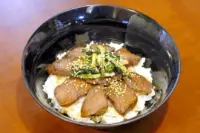

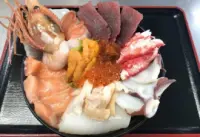

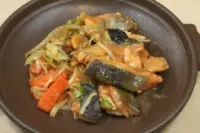






























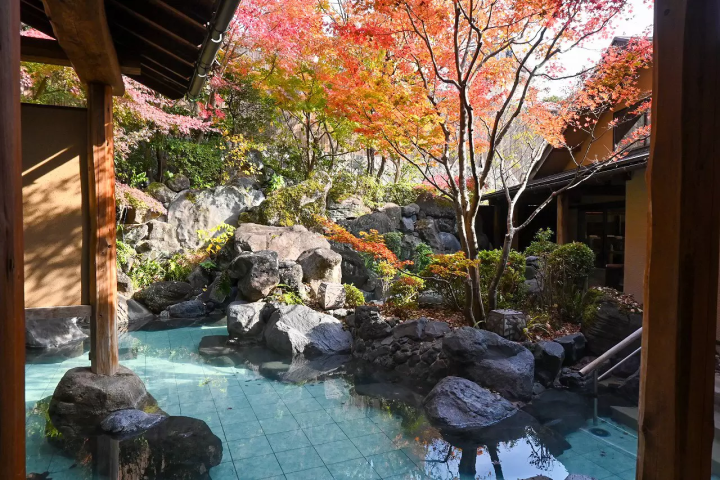
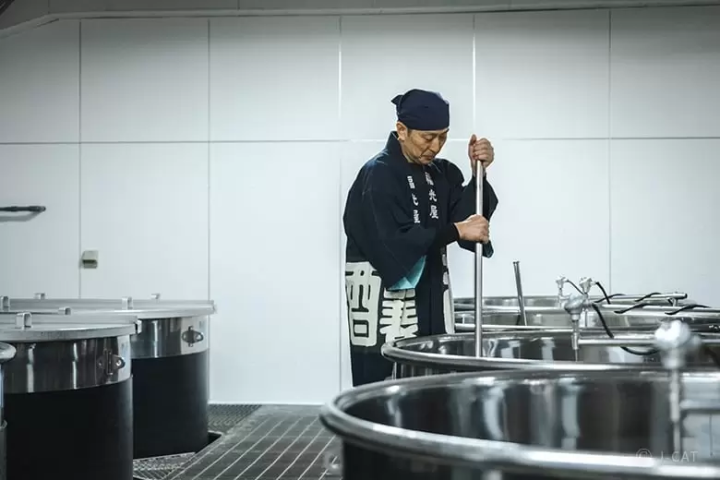
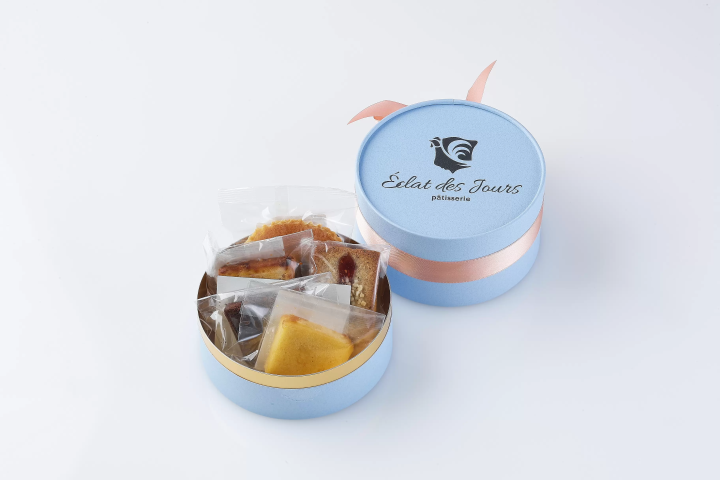
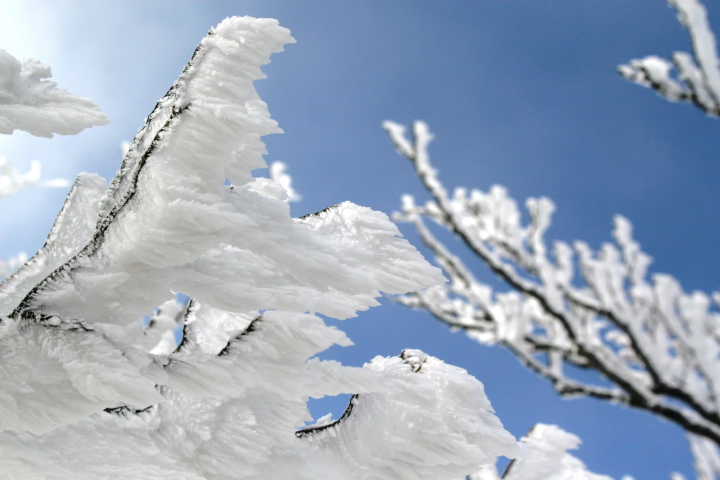
![[Latest] Complete Guide to atmos Exclusive Sneakers and Special Edition Models | Apparel and Upcoming Releases](https://resources.matcha-jp.com/resize/720x2000/2025/12/12-252706.webp)